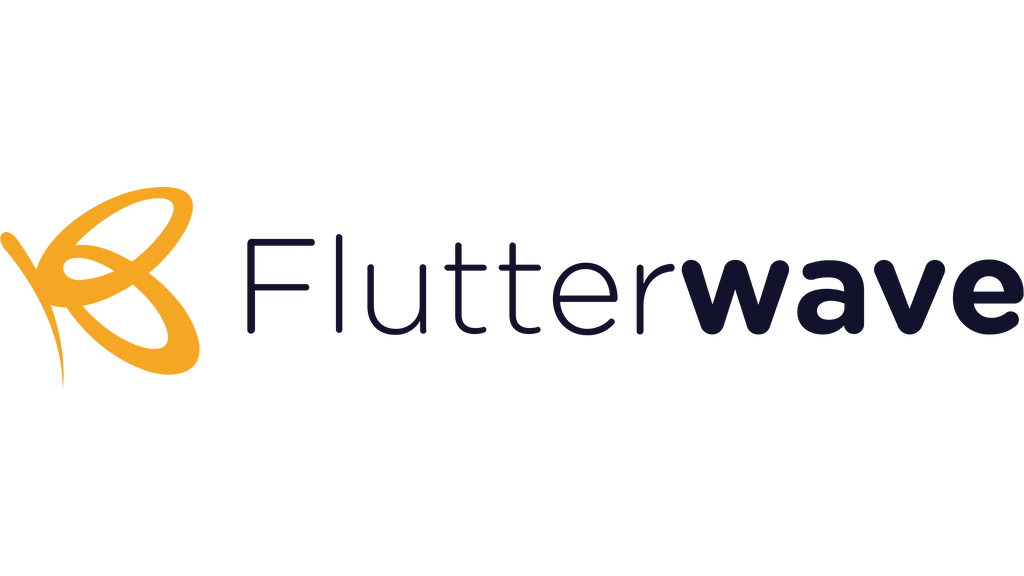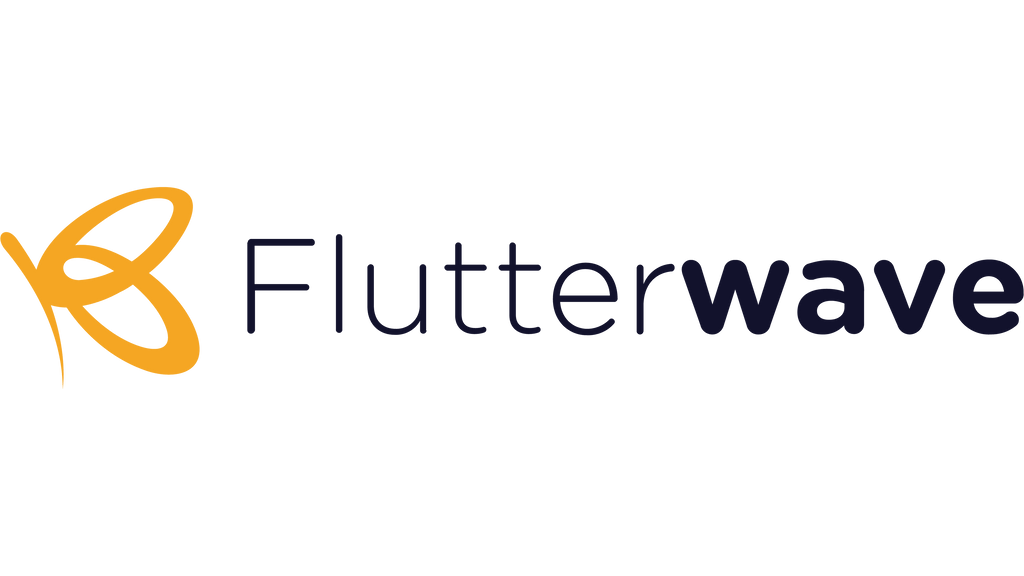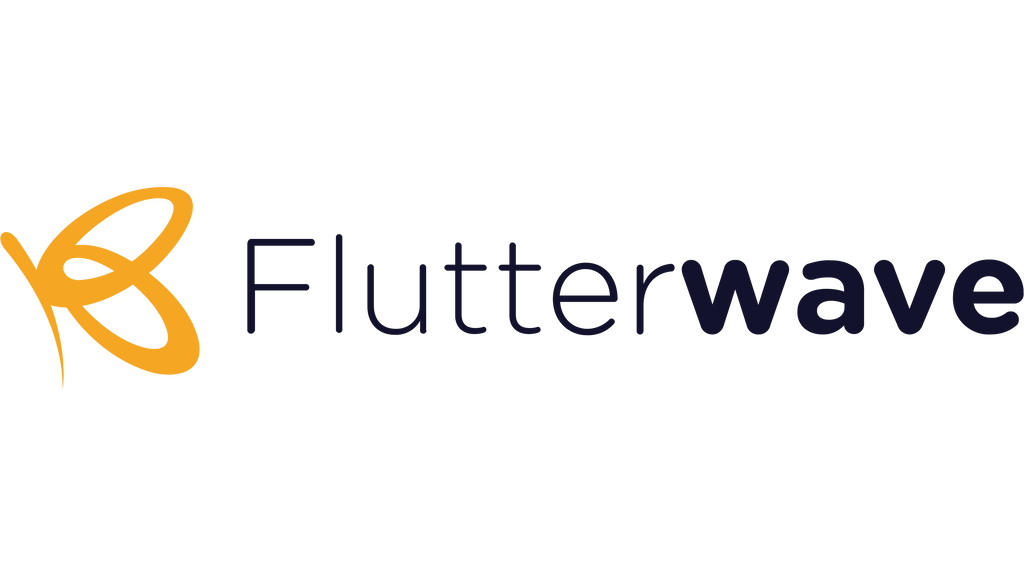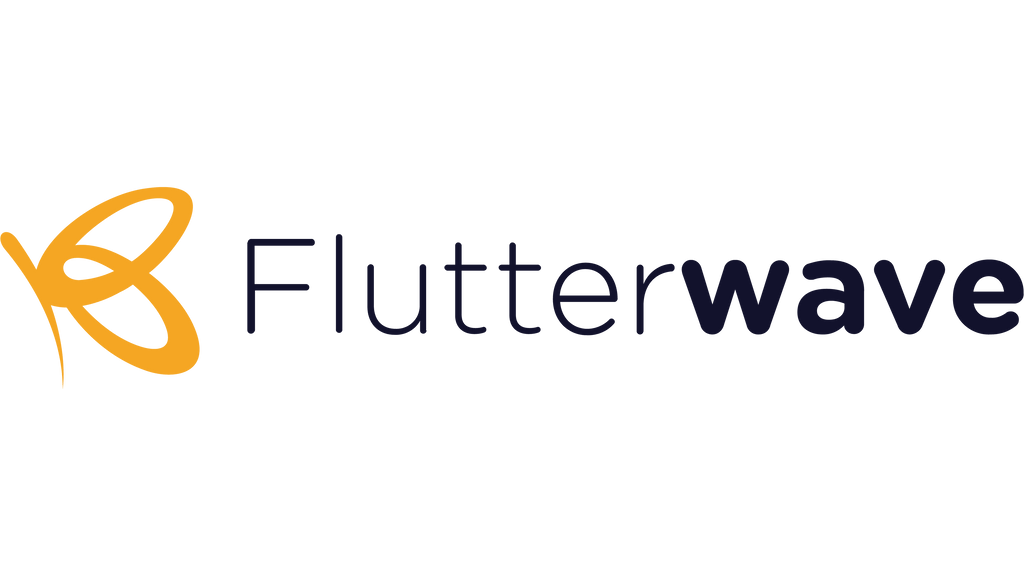- Home
- All Integrations
All Integrations

FogBugz List Users Integration
$0.00
List Users API Endpoint Usage Understanding the List Users API Endpoint The "List Users" API endpoint is typically a part of user management within a service's API. It allows clients to retrieve a list of users from a service's database. Developers can leverage this endpoint to build various functionalities within applications an...

FogBugz List Projects Integration
$0.00
Functionality of the List Projects API Endpoint The List Projects API endpoint is a powerful tool designed for developers and organizations to manage their projects programmatically. Its primary purpose is to provide a structured and automated way to retrieve an inventory of all the projects within a specific context, such as a user’s account, ...

FogBugz List Milestones Integration
$0.00
Understanding and Utilizing the List Milestones API Endpoint The List Milestones API endpoint is a versatile tool that offers users the ability to retrieve a list of milestones from a particular project or repository. Milestones are significant markers or goals used to track progress in a project, and they can represent versions, iterations, or...

FogBugz List Areas Integration
$0.00
The API endpoint "List Areas" is designed to retrieve a list of geographical or administrative areas from a particular service or database. It provides information about different regions, zones, districts, cities, countries, or other types of areas, depending on the context of the API. This functionality is quite versatile and can be utilized t...

FogBugz Get an Area Integration
$0.00
API Endpoint Usage: Get an Area Exploring the "Get an Area" API Endpoint API endpoints are the touchpoints of communication between software systems and serve as entry points for clients to interact with servers. One such endpoint that can be found in various applications, particularly those involving geographic information systems (G...

FogBugz Get a User Integration
$0.00
Introduction to the Get a User API Endpoint The "Get a User" API endpoint is a crucial aspect of many web services and applications. It allows the system to retrieve and display information about a particular user, typically after the user has been authenticated. This functionality is essential for personalized user experiences and for implement...

FogBugz Get a Project Integration
$0.00
```html Get a Project API Endpoint Explanation Understanding the "Get a Project" API Endpoint The "Get a Project" API endpoint is a specific point of interaction with a web service that allows clients to retrieve information about a single, specific project. This kind of endpoint is commonly used in project management ...

FogBugz Get a Milestone Integration
$0.00
Capabilities of the Get a Milestone API Endpoint The "Get a Milestone" API endpoint is a specific operation within an Application Programming Interface (API) that allows clients to retrieve detailed information about a particular "milestone" in a system or a service. What can be done with this API endpoint and the problems that can be solved ar...

FogBugz Delete a Milestone Dependency Integration
$0.00
Delete a Milestone Dependency Delete a Milestone Dependency: API Endpoint Explained APIs, or Application Programming Interfaces, allow different software systems to communicate with each other. In project management tools which have API access, there are often endpoints that serve various...

FogBugz Create an Area Integration
$0.00
Exploring the Create an Area API Endpoint The "Create an Area" API endpoint represents a robust interface within a location-based service or application (such as geographic information systems, asset tracking platforms, or even gaming platforms like those for AR games). This endpoint usually enables developers or users to define a specific geog...

FogBugz Create a User Integration
$0.00
Sure, here's an example of how you could explain the functionality and applications of a "Create a User" API endpoint in HTML format: ```html Create a User API Endpoint Explanation Understanding the "Create a User" API Endpoint The "Create a User" API endpoint is a fundamental component of many web serv...

FogBugz Create a Project Integration
$0.00
Uses of the 'Create a Project' API Endpoint: The 'Create a Project' API endpoint is typically designed to provide an interface for users or systems to create a new project within a software application or platform. This functionality can be instrumental in various domains such as project management tools, code repositories, and collaborative wo...

FogBugz Create a Milestone Integration
$0.00
```html Create a Milestone - API Endpoint Understanding the "Create a Milestone" API Endpoint The "Create a Milestone" API endpoint is a powerful tool that allows developers to integrate milestone creation functionality into their applications. A milestone typically represents a significant stage or event in the progression of a...

FogBugz Add a Milestone Dependency Integration
$0.00
Exploring the Add a Milestone Dependency API Endpoint Project management involves coordinating various tasks and milestones to ensure that a project progresses smoothly towards completion. One important aspect of project management is understanding the dependencies between different tasks or milestones, which refers to situations where one task...

FogBugz Watch Users Integration
$0.00
Exploring the Potential of the "Watch Users" API Endpoint The "Watch Users" API endpoint represents a feature commonly found in applications and systems that require monitoring or tracking user activities. This API endpoint is designed to facilitate developers in creating mechanisms through which they can observe user behavior, get notification...
Focuster Toggle action Integration
$0.00
To discuss the capabilities and problem-solving aspects of an API endpoint called "Toggle action," we must first understand what an API endpoint is and what a toggle action typically refers to. An API (Application Programming Interface) endpoint is a specific URL path and method that an application provides, enabling external programs and system...
Focuster New completed action Integration
$0.00
To explain the usage and problem-solving capabilities of an API endpoint named "New completed action", we must first establish a hypothetical context, as "New completed action" could potentially refer to a wide variety of different APIs across different domains. For the purpose of this explanation, let's assume that the API endpoint is part of a...
Focuster Get Actions Integration
$0.00
This API endpoint, "Get Actions," is designed to provide information about various actions or operations that can be performed within a particular application or service. Here is a detailed explanation in proper HTML formatting: ```html Understanding the Get Actions API Endpoint Understanding the Get Actions API Endp...
Focuster Add Action Integration
$0.00
The Add Action API endpoint is a part of a web service that allows clients to add new actions or tasks to a system. An action could be anything from setting a reminder, logging a transaction, creating a to-do item, or even triggering a process within a complex workflow. This endpoint is integral in applications that deal with project management,...
Focuster New action added Integration
$0.00
When referring to an API (Application Programming Interface) endpoint labeled "New action added," it generally suggests that a new functionality has been integrated into an existing API. This endpoint is a specific URI (Uniform Resource Identifier) where clients of the API can request the new action. The "New action added" endpoint enables devel...
Focuster Toggle action Integration
$0.00
The API end point designated as a "Toggle action" is designed to change the state of a particular resource or feature from one state to another, such as enabling or disabling a function, starting or stopping a service, or toggling between true/false or on/off settings. This functionality is useful in various scenarios, especially in creating in...

Focus Anchor Set Your Focus Integration
$0.00
The Set Your Focus API endpoint is designed to provide a way for users to define and manage their concentration on specific tasks or activities within an application or productivity software. By utilizing this API endpoint, developers can implement features in their apps that help users to focus better by minimizing distractions, organizing task...

Focus Anchor Make an API Call Integration
$0.00
APIs, or Application Programming Interfaces, provide a means for different software applications to communicate with each other. An API endpoint is a specific URI (Uniform Resource Identifier) that handles API requests and sends responses. The endpoint "Make an API Call" suggests a generic interface through which you can send requests to the ser...

Focus Anchor Get The Currently Set Focus Integration
$0.00
Sure, below is an explanation of what can be done with a hypothetical API endpoint "Get The Currently Set Focus" and the problems it can solve, formatted in HTML: ```html API Endpoint: Get The Currently Set Focus Understanding the "Get The Currently Set Focus" API Endpoint In today's fast-paced digital e...

Flutterwave Watch Transfer Events Integration
$0.00
Below is a response explaining the usage and potential applications of an API endpoint for watching transfer events in proper HTML formatting: ```html Uses of Watch Transfer Events API Endpoint Uses of Watch Transfer Events API Endpoint An API endpoint designated to Watch Transfer Events can be a powerful tool for individu...

Flutterwave Watch New Transaction Integration
$0.00
API End Point: Watch New Transaction Explanation What the "Watch New Transaction" API End Point Does: The "Watch New Transaction" API end point is a feature provided by many blockchain services, designed to enable developers and users to get real-time notifications for new transactions. Essentially, it allows an applicatio...

Flutterwave Verify a Transaction Integration
$0.00
Understanding and Utilizing the Verify a Transaction API Endpoint An API (Application Programming Interface) endpoint is a touchpoint of communication and interaction between a client and a server used in the context of software and web development. The Verify a Transaction API endpoint is a specialized resource designed for confirming the vali...

Flutterwave Update a Payment Plan Integration
$0.00
The API endpoint "Update a Payment Plan" is designed to enable applications to modify the details of an existing payment plan within a system. A payment plan is typically a schedule that outlines the amounts and intervals at which payments will be made to complete a financial obligation, such as a loan, subscription, or installment plan for a pr...
Collections
- 0CodeKit Integrations
- Accounting
- ACH Processing
- Active Campaign
- Ai Automations and Integrations
- Aircall
- All Integrations
- Annuities
- ATS
- Auto & Home
- BI and Analytics
- Brand Management
- Bullhorn Integration Endpoints
- Business Infrastructure
- Business Operations
- Business Retirement Plans
- Business Systems
- Card Access
- CCaaS
- Clio Integrations
- Cloud Services
- Connectivity, MPLS, Private Line
- Cost Reduction
- CPaaS/SIP
- Customer Relationship Management
- Data Center
- Developer Platforms
- Development
- E-Commerce
- E-Commerce Software
- eREIT
- Field Service Automations and Integrations
- Finance Automations and Integrations
- Financial
- Fire Alarm Systems
- Fleet Tracking
- FTP Hosting
- Gift Card & Loyalty
- Google Sheets
- Graphic Design
- Health
- Healthcare Software
- HR and HCM Automations and Integrations
- HR Software
- Human Resources
- Implemenation
- Insurance
- Integrate RingCentral With Monday.com
- Integrations
- International
- Intrusion Systems
- Investments
- Invoicing
- Invoicing and Contract Software
- Lead Generation
- Learning Management
- Legal
- Legal Services
- Long Term Care
- Managed Investments
- Managed Services
- Marketing
- Marketing
- Marketing Automations and Integrations
- Micro Funding
- Mobile Payments
- Mobility/IoT
- Monday.com Integrations
- Mutual Funds
- Other
- Others Software
- Outsourced Sales
- Pay Per Click
- Payment Processing
- Payroll
- Phone Systems
- Photography
- Pre-Paid Legal
- Print & Promotional
- Process Implementation
- Product Management
- Productivity
- Productivity & Efficiency Improvement
- Project Management
- Recuritment
- Recurring Payments
- RingCentral Integrations
- Sales Software
- Sales Training
- SD-WAN
- Search Engine Optimization
- Security
- Security and IT Management
- Security Systems
- Sling Scheduling Features
- SMS Communication
- Social Media
- Social Media Management
- Telecommunications Automations and Integrations
- Term Life
- Top Products
- Twilio Integrations
- UCaaS
- Video Conferencing
- Video Production
- Video Surveillance
- Web Development
- Web Hosting
- Webinar & Screen Sharing
- Workflow Training
- Zoho
- Zoho CRM Integrations
- Zoho Email & Collaboration
- Zoho Finance
- Zoho HR
- Zoho Legal
- Zoho Marketing
- Zoho Sales
- Zoho Service
- Zoho Suites
Brands
-
Liquid error (snippets/sidebar-collection line 199): internal





















